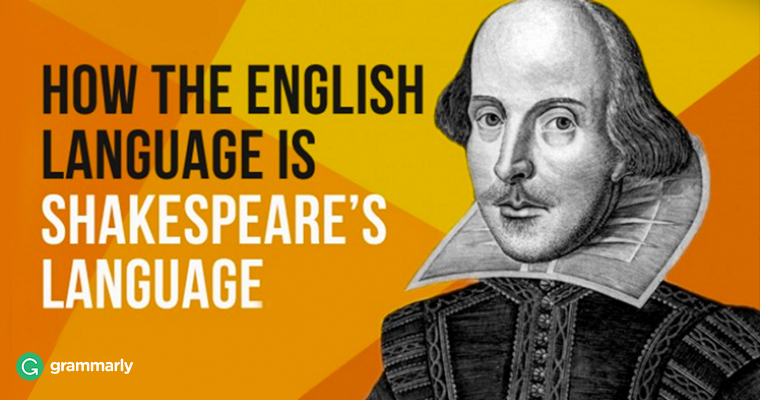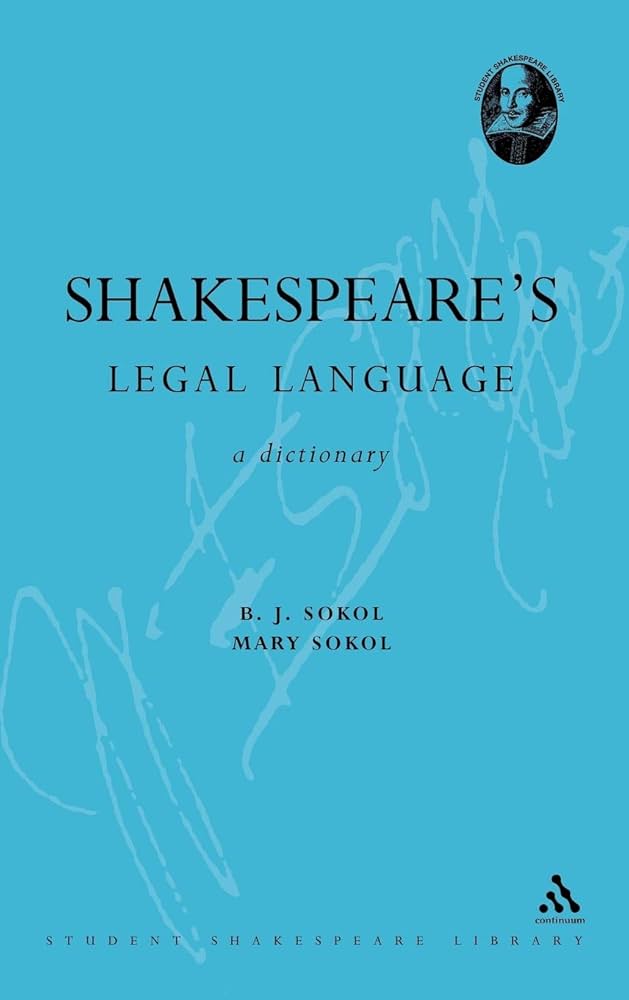William Shakespeare’s impact on the English language is immeasurable. His use of Elizabethan English, filled with poetic brilliance, inventive vocabulary, and rhythmic mastery, transformed the way language could be used in literature and drama. Shakespeare’s influence is so profound that many words and phrases he coined remain in use today. Through his works, he expanded the expressive possibilities of English, blending elevated poetry with naturalistic dialogue to create some of the most memorable lines in literary history.
This article explores the beauty, innovation, and evolution of Shakespeare’s language, examining how his writing shaped the English we speak today.
The Beauty of Shakespeare’s Language

A. Shakespeare’s Mastery of Imagery and Metaphor
Shakespeare’s language is rich in metaphors, similes, and vivid imagery, which enhance his characters’ emotions and themes.
Examples of Shakespearean Imagery:
- “It is the east, and Juliet is the sun.” (Romeo and Juliet) – Romeo metaphorically compares Juliet to the rising sun, symbolizing hope and beauty.
- “All the world’s a stage, and all the men and women merely players.” (As You Like It) – Life is compared to a stage, emphasizing the idea of fate and performance.
His ability to create powerful mental pictures gives his writing an unparalleled poetic beauty.
B. The Rhythm of Iambic Pentameter
Shakespeare predominantly wrote in iambic pentameter, a metrical pattern consisting of ten syllables per line, alternating between unstressed and stressed beats.
Example:
“To be, or not to be: that is the question.” (Hamlet)
This rhythm mirrors natural speech patterns, making his dialogue feel fluid and engaging while maintaining a poetic structure.
C. Shakespeare’s Use of Soliloquies and Monologues
Soliloquies and monologues allowed Shakespeare to explore characters’ deepest thoughts in a way that felt personal and profound.
Famous Soliloquy:
- Hamlet’s “To be, or not to be” speech contemplates existence, showcasing philosophical depth and emotional intensity.
The Evolution of Elizabethan English
A. The Characteristics of Elizabethan English
Shakespeare wrote during the Elizabethan era (1558-1603), a time when the English language was evolving rapidly.
Key features of Elizabethan English:
- Thou/Thee vs. You – “Thou” (informal) and “you” (formal) were used differently than today.
- Expanded Verb Forms – Shakespeare often played with verb endings, such as “speaketh” instead of “speaks.”
- Word Order Flexibility – Shakespeare often changed traditional word order for poetic effect.
- Example: “What light through yonder window breaks?” instead of “What light breaks through yonder window?”
B. Shakespeare’s Contribution to the Evolution of English
Shakespeare helped shape Modern English by introducing new words, expressions, and stylistic techniques. His influence bridged Middle English (Chaucer’s era) and Modern English, making the language more dynamic.
Shakespeare’s Contribution to English Vocabulary
A. Invented Words and Expressions
Shakespeare coined over 1,700 words, many of which are still used today.
Common Words First Used by Shakespeare:
- Assassination (Macbeth)
- Bedazzled (The Taming of the Shrew)
- Fashionable (Troilus and Cressida)
- Cold-blooded (King John)
- Gloomy (Titus Andronicus)
B. Famous Phrases from Shakespeare
Many expressions we use today originated in Shakespeare’s plays.
| Shakespearean Phrase | Play | Modern Meaning |
|---|---|---|
| “Break the ice” | The Taming of the Shrew | To start a conversation |
| “Wild-goose chase” | Romeo and Juliet | A hopeless pursuit |
| “Wear my heart upon my sleeve” | Othello | To be emotionally open |
| “The world is my oyster” | The Merry Wives of Windsor | The world offers many opportunities |
| “All’s well that ends well” | All’s Well That Ends Well | Everything will be fine in the end |
His inventive use of language expanded the expressive range of English, making it more versatile and colorful.
Shakespeare’s Influence on Modern English
A. The Lasting Impact on Literature and Speech
Shakespeare’s language shaped how we write, speak, and think. His words and phrases have become embedded in everyday conversations, literature, and media.
- His linguistic creativity inspired authors like James Joyce, Charles Dickens, and T.S. Eliot.
- His poetic style influenced modern poets like Emily Dickinson and Sylvia Plath.
- His dramatic techniques continue to be studied and replicated in contemporary theatre and film.
B. Shakespeare in Modern Media
- Movies, TV shows, and music frequently borrow from Shakespearean language.
- Writers like J.K. Rowling, Margaret Atwood, and George R.R. Martin use Shakespearean themes and phrases in their works.
5. The Challenge of Understanding Shakespeare Today
A. Why Shakespeare’s Language Feels Difficult
- Archaic Words: Some words have fallen out of usage. (e.g., “thine” for “yours”)
- Unusual Word Order: Shakespeare rearranged syntax for poetic effect.
- Cultural References: Many allusions relate to Elizabethan politics and mythology.
B. Tips for Understanding Shakespeare’s Language
- Read Aloud – His plays were meant to be performed, not just read.
- Use Modern Translations – Side-by-side translations help clarify meaning.
- Watch Performances – Seeing Shakespeare acted out makes the language more accessible.
- Annotate and Research – Understanding historical context enhances comprehension.
Conclusion: The Timeless Beauty of Shakespeare’s Language
Shakespeare’s language remains a cornerstone of English literature, showcasing the beauty, depth, and flexibility of words. His inventive vocabulary, poetic structure, and profound themes continue to shape literature, theatre, and everyday speech. Despite the evolution of English, his words still resonate today, proving that Shakespeare’s linguistic brilliance is eternal.
As Ben Jonson aptly said:
“He was not of an age, but for all time.”








